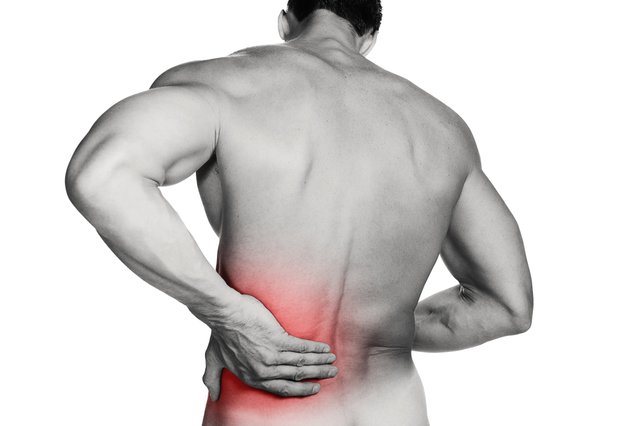How to take charge of your back pain
When we talk about back pain, many people seem to believe that it's rather a complicated injury. For some cases this is true, however for the vast majority of people suffering the short answer is a resounding "No".
There are a number of factors that contribute to a person's back pain including environmental stressors, history of injuries and hereditary factors; which will all in turn make the whole scenario a lot messier to deal with.
All over the world back pain is now becoming the leading cause of disability, with some studies showing that up to 80% of the population will experience low back pain at some stage in their lives. It's estimated that over $200 billion was spent last year in the USA alone on the treatment and management of back pain, just imagine how HUGE that number would be if we were to scale it globally!
One thing I always instruct people to do is to never stop moving, by all means lower your activity level due to your injury, but you must remain functional. It's only by remaining functional that we enable ourselves to heal.
Unfortunately, most practitioners place their patients inside of a "passive care" model - whereby the patient falls into a loop of continually needing treatment and not becoming self-managed. This does mean that the practitioner gets a nice, cosy pay check at the end of the month - but it definitely doesn't do the patient any service.
I'm going to outline below a number of strategies that YOU can implement into your own treatment and management to ensure that over time you become more dependent not on your practitioner, but YOURSELF.

1. Breathing
Often overlooked in a patients rehabilitation, the importance of breathing will provide the foundation for strong and function core. Many people do not understand the proper technique involved in breathing properly and use "accessory muscles" to help them with their breathing patterns. Poor breathing will lead to a development of instability in your pelvis and lumbar spine, and your neck and shoulders.
I obviously recommend that you go and get your breathing patterns assessed by a professional, but in simple terms when you breathe in, your stomach area should expand before your chest and the opposite for breathing out. Just through making a conscious decision to "watch" the way you breathe will improve your breathing pattern and back pain.
2. Movement should come from the hips
Coordination is the key. Many patients present to clinic after inappropriately lifting a heavy item and soon after feel an intense sensation in their lower back region. Here's a few simple instructions...
In order to load your hips, your torso should tilt forward in order to counter balance the posterior shift of the hips. If we continue to incorrectly load the hips, we are simply going to further exacerbate the pain and nobody likes that.
3. Interval walking
Walk at a comfortable pace for 10-20 minutes three times a day (it's really not that hard!). Our body was designed to walk, and for long periods of time at that. We need to remain functional, to remain healthy.
For those with really bad back, hip, knee or ankle injuries - my recommendation is to engage in swimming. It's relative force-free on your joints and gives them that well needed movement to begin recovery.
Next week: Knee pain. Is it really coming from your knees?
All the best guys,
Matt